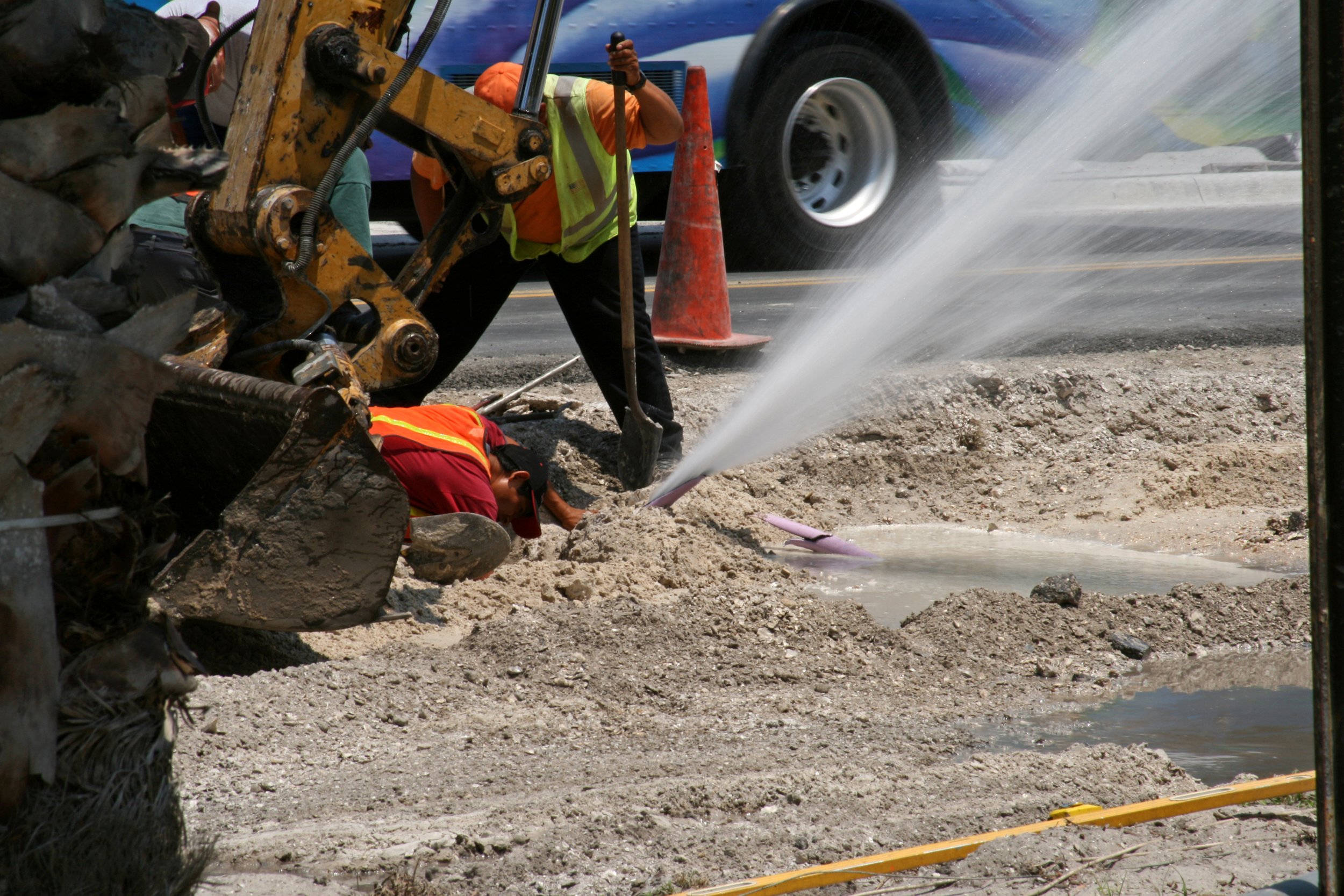The true cost of utility strikes in New Zealand
Utility strikes cost the New Zealand economy millions of dollars per year in repairs, disruption and interruptions to businesses.
What is a utility strike?
A utility strike occurs when a utility such as a water main or power cable is accidentally breached or damaged, usually during excavation by a machine or handheld tools.
Utility strikes represent not just a threat to the health and safety of utility workers, but also a significant financial cost in service outages and repairs.
Digger cuts power to thousands in Hutt Valley | Stuff.co.nz
Power has been restored to more than 1000 homes and businesses in the Hutt Valley affected by an outage this afternoon.
Wellington Electricity spokesman Drew Douglas said the cut was caused when a digger hit an underground cable off Connolly Street near the Hutt Golf Club.
Outage highlights vulnerable network for remote Marlborough residents | Stuff.co.nz
Remote Marlborough Sounds residents left without internet for several hours on Monday say it shows how fragile their communication network really is.
A broadband cable was cut by civil contractors excavating for a new road culvert in Rai Valley on State Highway 6 near its intersection with Bulford Rd, about 11.20am.
The outage affected about 700 internet connections in Rai Valley, Pelorus Bridge, Anakiwa, Linkwater, Canvastown, and several Marlborough Sounds bays. There were also reports of cellphone outages as some cell towers used fibre to transport calls and data to a mobile provider’s core network.
The total cost of strike reports for 2020 is approximately $89.6million NZD per year.
|
The total cost of strike reports for 2020 is approximately $89.6million NZD per year. |
Outages like these affect the lives of residents and taxpayers, as well as adding to the burden of business owners.
But just how much is this costing the New Zealand economy?
Direct Costs of Utility Strikes in New Zealand
According to the New Zealand Utilities Advisory Group, there was 12,861 reported utility strikes across New Zealand in 2020 - over 30 per day.
In 2021, the National Underground Asset Register (NUAR) UK published an economic case summary that estimated the direct cost of a single utility strike at £3,371, or equivalent to $7,104 New Zealand dollars.
Based on those figures, the total direct cost of strike reports for 2020 can be estimated at approximately $91.3 million New Zealand Dollars per year.
Societal and Indirect Costs of Utility Strikes in New Zealand
But the direct costs are only the tip of the iceberg.
Based on an overseas report undertaken “What do Utility Strikes Really Cost?”, that combined 16 case studies in an urban area, it was shown that for every $1 spent on the direct cost of the incident, $29 was incurred in broader social and indirect costs, including:
Interruption to emergency services
Road closures / traffic delays
Business closures
Employee downtime
Damage investigation, on-site and follow-up
Workload delays
and refunds due to customer loss of use.
The study also notes:
… since the case studies all occurred in dense urban areas, it is likely that this cost ratio is an underestimate, since additional adverse effects that utility strikes can have on the environment, citizens’ quality of life, the operation of businesses and so on will not have been adequately included.
Once indirect costs including project overrun, traffic delays, downtime, back office time and social costs such as loss of productivity to businesses are taken into account, the true cost of a utility strike increases significantly.
We estimate the average true cost of each utility strike in New Zealand at over $206,000 per incident, and a total cost to NZ of $2.7 billion per year - a staggering 1.17% of GDP.
Reducing the impact of utility strikes in new zealand
This massive cost is reflected in higher rates and taxes and lower productivity for our economy - in essence, a tax on our prosperity.
How can these costs be avoided?
The leading cause of utility strikes is inadequate assessment of works, and inaccurate data on plans for subsurface assets (source: Utility Strike Damages Report 2019):
Guideline industry recommendations:
1. Focus on improving the information available before works on site commence[…]
2. Ensure plans are as high quality and accuracy as possible and readily available to those undertaking works.
Without an accurate map of the subsurface, utility workers are “digging blind”, and damage will be the inevitable result.
With the RevealTwin, Reveal can provide asset owners and utility locators with accurate, up-to-date information on underground utilities and help stem the enormous cost of utility strikes in New Zealand.

